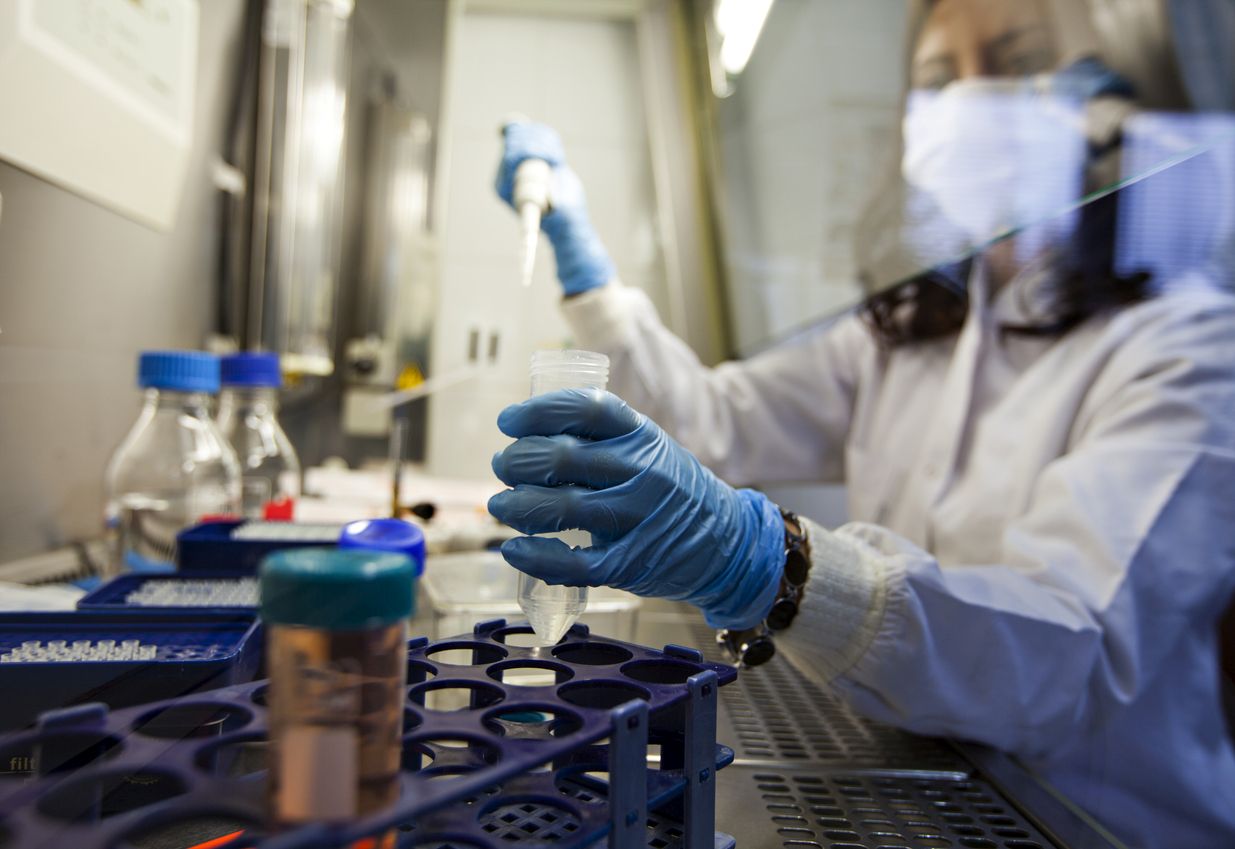
What happened at Wuhan lab in Nov 2019: Australian scientist speaks
Danielle Anderson, the only foreign researcher at the Wuhan lab, says nothing was out of the ordinary to suggest a lab-born contagion

Danielle Anderson, an Australian virologist specialising in bat-borne viruses, was working in the Wuhan Institute of Virology’s BLS-4 lab, which handles deadly pathogens, till November 2019, just weeks before the SARS-CoV-2 shook the world.
The only foreign scientist to have undertaken research there, and to have obtained an insider’s view of the lab, Anderson, 42, has spoken to the press recently, saying there was no hint of a pandemic taking off while she worked there. The researcher now works with Melbourne’s Peter Doherty Institute for Infection and Immunity.
The fact that COVID was first detected in Wuhan, which also houses the virology research organisation, has triggered speculation that the virus is perhaps lab-made or at least lab-originated. There have been numerous reports for and against the theory that it could have begun due to an infected employee or a virus-contaminated object.
Virologist Danielle Anderson paints a very different picture of the Wuhan Institute. https://t.co/NusaafOoYc
— BloombergQuint (@BloombergQuint) June 28, 2021
While the Wuhan lab has always been shrouded in secrecy, thanks in no small degree to China’s policy opaqueness, a description of the place given by Anderson in an interview stands in stark contrast, said Bloomberg.
‘Routine’ activities
The lab’s activities were rather routine, vis-à-vis the dark images portrayed by the media, she said in the interview. “It’s not that it was boring, but it was a regular lab that worked in the same way as any other high-containment lab,” she told Bloomberg. “What people are saying is just not how it is.”
Also read: As Delta looms large, Quad may advance vaccine rollout to 2021-end
Anderson started working with Wuhan researchers in 2016. Her research was focused on why deadly viruses such as Ebola and Nipah circulate in bats but do not cause disease in them. The Wuhan lab offered her funding as part of its efforts to support global collaboration. Passionate about her call, she enjoyed the work she did on Ebola at the high-containment lab in Wuhan.
As a result, at the time that the COVID virus is suspected to have been circulating in the Wuhan lab, Anderson was right there. She visited the lab every day in late 2019. Along with lab colleagues, she took a bus from near the Chinese Academy of Sciences to the Wuhan lab, said the Bloomberg report.
“We went to dinners together, lunches, we saw each other outside of the lab,” she said.
Maximum biocontainment
The institute’s maximum biocontainment lab was impressive, said Anderson. “The concrete, bunker-style building has the highest biosafety designation, and requires air, water and waste to be filtered and sterilized before it leaves the facility. There were strict protocols and requirements aimed at containing the pathogens being studied,” Bloomberg quoted her as saying.
When the pandemic began, the Donald Trump administration in the US insisted that the virus had escaped from the Wuhan lab. Anderson’s interview suggests that there was nothing apparently ‘off’ at the Wuhan lab. She recalled that no scientist was ill in 2019-end, when COVID infections first began to be reported. Yet, the institute was large enough for her to have not known everyone working there, the report said.
“If people were sick, I assume that I would have been sick — and I wasn’t,” she said in the interview. “I was tested for coronavirus in Singapore before I was vaccinated, and had never had it.”
While the lab-origin theory cannot be entirely discounted, she believes COVID’s likeliest origin is from a natural source. The ‘smoking gun’ bat responsible for COVID will take a while to unearth, she added.
Anderson was among the dozen global experts appointed last year to study the origins of COVID. She had been targeted by US extremists in early 2020 after she pointed to false data on the virus posted online, said Bloomberg. Since then she has mostly kept off public interactions.

